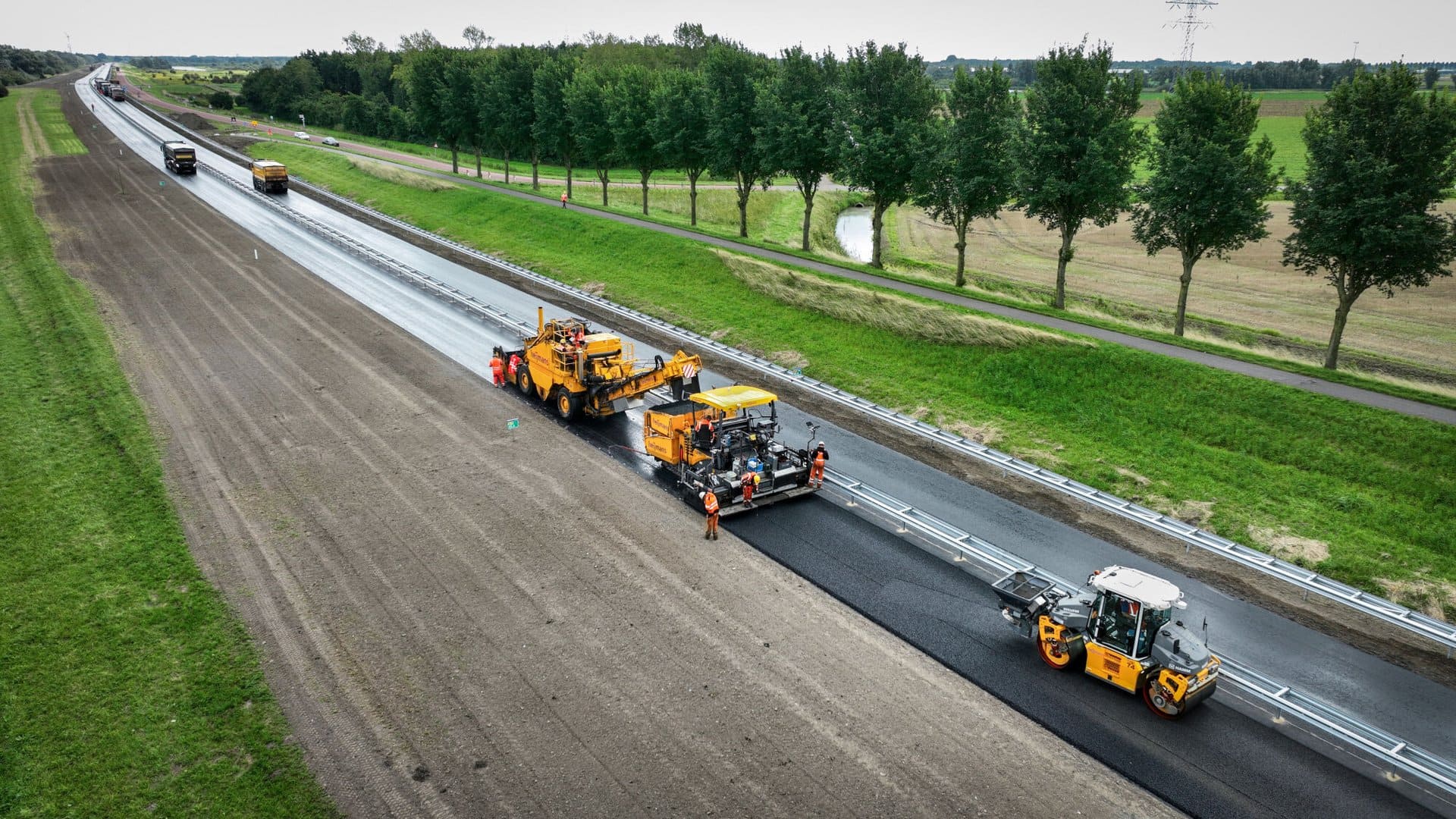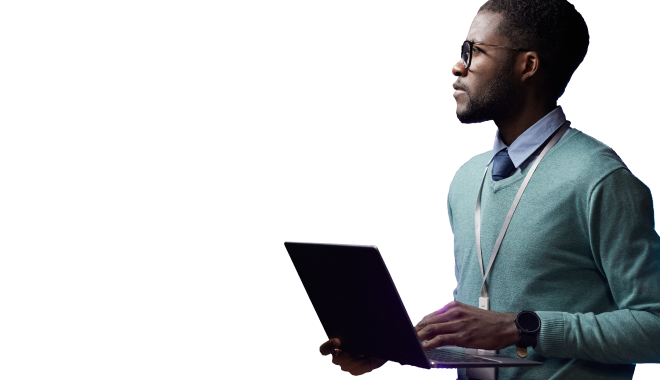Heijmans: Digital Twins and the future of Industry 4.0
We are at a time when many industries are seeing how going digital is bringing them numerous competitive advantages, as well as saving time, costs and improving security. Adapting to the digital era is developing slowly as the transformation in some sectors more rooted to traditional processes is more complicated, but the future is getting closer and closer.
With the growth and boom in the adoption of IoT-based technologies, digital twins have been gaining popularity and implementation in many industries, and have become an indispensable element in smart cities. Our client turns all its projects into digital twins, equipping them with sensors and using the information obtained to improve the experience in terms of comfort, convenience, safety and efficiency.
In order to handle all this data, we have built a robust and secure cloud architecture to process data from IVRIs and other devices by using different processing branches. Heijmans is one of Europe’s largest construction companies, whose operations are divided into infrastructure, residential construction, property development and infrastructure. They have more than 4,500 employees and their goal is to build the spaces of the future through continuous quality improvement, innovation and the integration of solutions that give added value to customers.
An infrastructure had to be achieved and a visual representation of construction projects had to be created and connected to the original through sensors that would allow a true representation of changes, problems and possible improvements. All this information had to be collected in real time and made available in the cloud to be able to detect and diagnose problems between applications, support operations at scale, drill down into monitoring data and create visualizations with Azure dashboards and workbooks.



The process
In order to have a virtual representation or an IoT ecosystem, we have used Azure Digital Twins services. This service has allowed us to model locations, devices and the relationships between them to build the spatial graph.All the information collected will be viewable on a web that will show a map in which you will see the specified street, plus the different iVRIs in their locations with associated information (errors, incidents, metadata…).
The solution was based on an innovation and security approach with IoT and Digital Twins.
In addition, it also has other options such as Power BI charts and stored information. Email notifications are done through Azure SendGrid, and are triggered when certain events occur, such as device signal errors.
We have opted for Azure Event Grid integration to react to telemetry received from IoT Hub so that we can update the device in the Digital Twin, in addition to integrating a dual-path digital subscription so that these updates to the “parent” object based on changes to the “children”.
Development with Azure Digital Twins, Azure IoT, Azure Stream Analytics.
Robust cloud architecture for data processing.

“This solution has a great benefit for society: not only is there less air pollution, but there is also less stress from traffic jams, so there are happier people in the city.”
Harry van Zon, Program Manager System & Energy
Results
- True-to-life model on which to replicate tests without putting the replicated infrastructure system at risk.
- Design of new scenarios to observe their behavior in the face of new variants. – Improved productivity in a more agile way.
- Prediction of possible changes and anticipation of problems.
- Ability to measure the load and performance in real time of the real environment.
- Analysis of the situation to ensure proper operation and safety.
- Allows decision making and maintenance planning, scheduling appropriate investments.
We are ready for new challenges


